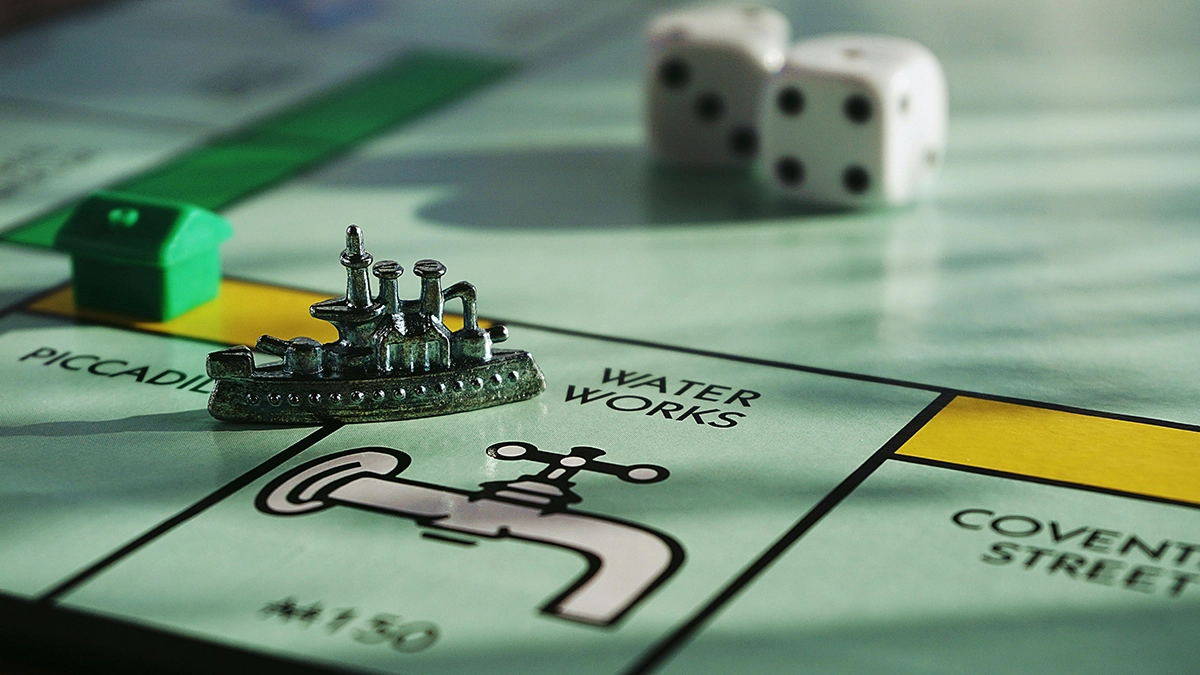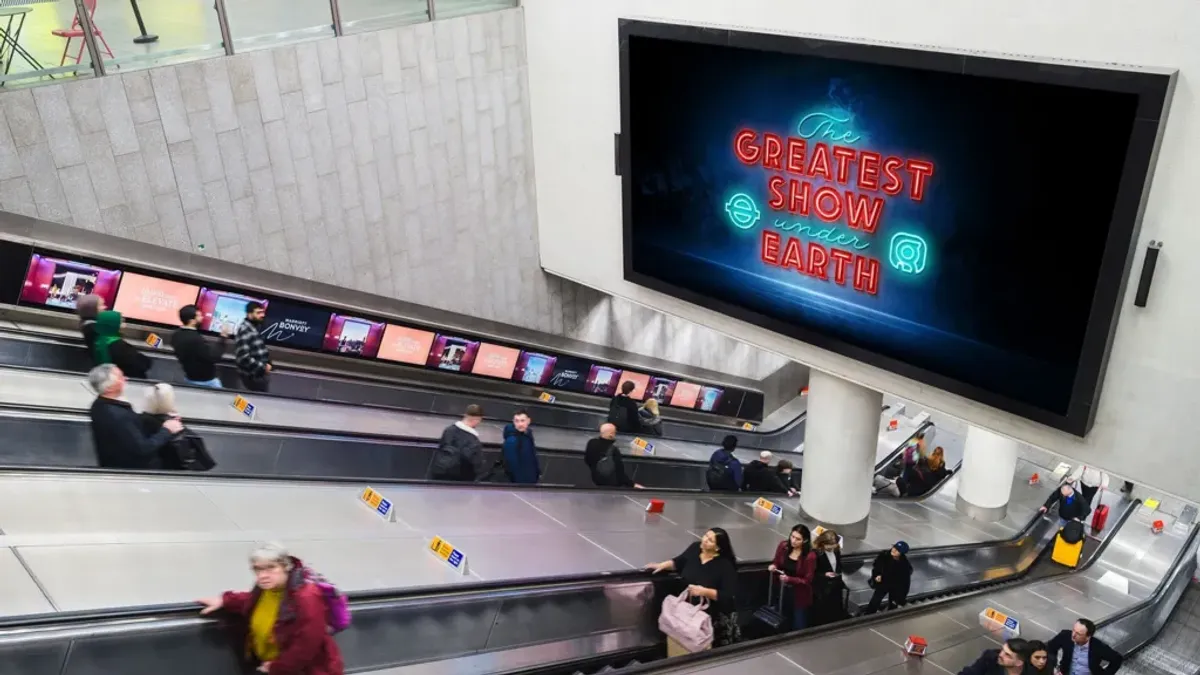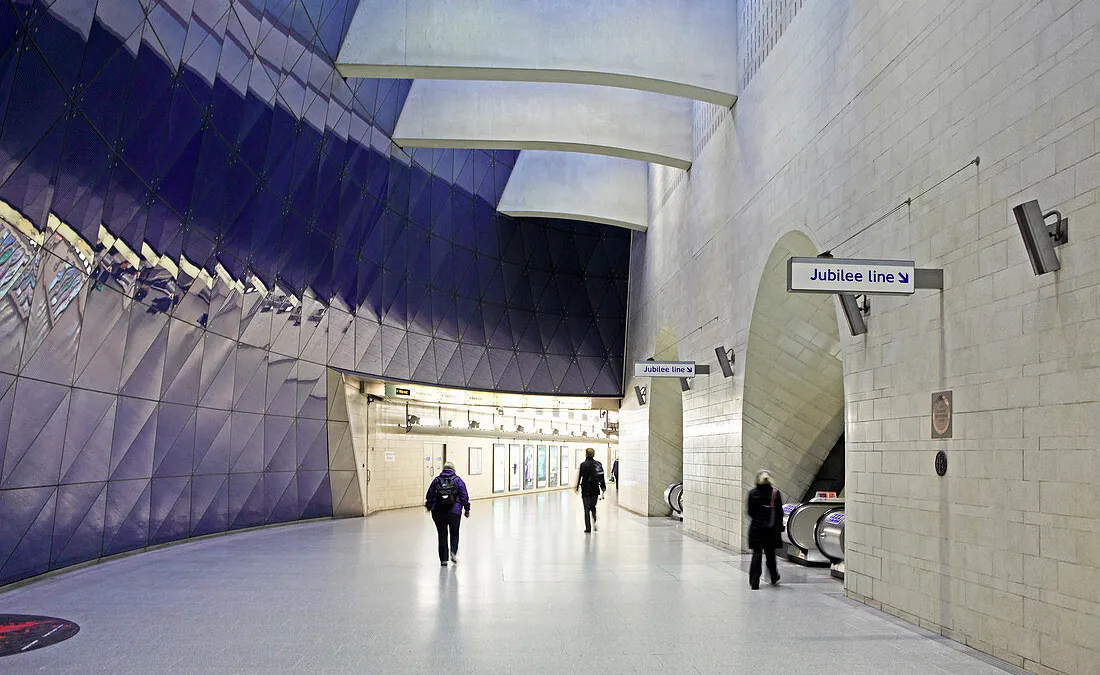
Ask almost anyone in Britain to name a few London Underground stations, and you might be surprised how many reply with: “King’s Cross”, “Marylebone”, or “Liverpool Street”. Their reference point? The classic Monopoly board.
Originally released in the UK in 1936, Monopoly was localised to reflect London's iconic geography—placing Underground and mainline stations like Liverpool Street, Marylebone, and King’s Cross St. Pancras squarely in the cultural consciousness. But what started as play has evolved into powerful brand positioning.
The Original Monopoly Tube Line-up
The original UK Monopoly board featured four railways:
- Liverpool Street Station
- Marylebone Station
- King’s Cross Station
- Fenchurch Street (sadly, not on the Tube network)

These stations remain vital to London’s transport network today—each seeing tens of millions of entries and exits annually. King’s Cross St. Pancras alone welcomed over 97 million passengers last year.
But the Monopoly map doesn’t stop at the stations. Many property squares are also based on areas with Underground access. Here's how some of the most iconic Monopoly spots line up with real-world Tube stations:
8 Monopoly Locations and Their Tube Counterparts
Liverpool Street Station
Annual passengers: 69.5 million
Audience: Financial services, tech workers, weekend travellers
Ad formats: Digital Escalator Panels, 48 Sheet Platforms, D6s
Marylebone Station
Annual passengers: 16.6 million
Audience: Affluent commuters, regional rail passengers, day-trippers
Ad formats: Ticket Gateway Ads, Station Takeovers
King’s Cross Station
Annual passengers: 97 million
Audience: International tourists, students, high-volume commuters
Ad formats: Digital Ribbon, D12 Screens, Full Takeovers
Fenchurch Street Station
Annual passengers: 21.7 million
Audience: City professionals, Crown Jewels visitors, river cruise tourists
Ad formats: Digital 6 Sheets, Escalator Panels
The Angel, Islington
🚇 Angel
Annual passengers: 34.3 million
Audience: Young professionals, creative agencies, nightlife crowd
Ad formats: D6s, Escalator Panels, Tube Car Panels
Leicester Square
Annual passengers: 42.4 million
Audience: Tourists, theatre-goers, food & drink crowd
Ad formats: Digital Gateway Screens, 16 Sheet Platforms
Oxford Street
Annual passengers: 84.1 million
Audience: Shoppers, fashion-forward audiences, Gen Z footfall
Ad formats: Station Takeovers, DX48 Screens
Park Lane
Annual passengers: 15.4 million
Audience: Luxury shoppers, hotel guests, Mayfair residents
Ad formats: 6 Sheets, D6s, premium branding for luxury and finance brands

What Monopoly Teaches Brands About Station Value
In Monopoly, owning station squares offers a strategic advantage—they’re landed on frequently, and offer a steady stream of income. The same logic applies in real-world OOH advertising: place your brand where the most people pass through.
Monopoly-associated stations offer:
- Iconic Name Recognition – Instantly familiar to both locals and tourists
- High Footfall Figures – With Oxford Circus alone seeing over 84 million annual users
- Demographic Diversity – From daily commuters to international visitors and weekend shoppers
This makes them ideal for:
- National launches with cultural resonance
- Lifestyle brands seeking visibility near entertainment or retail hubs
- Government or public sector campaigns targeting mass awareness
Let Your Brand Pass Go
With formats like Digital Escalator Panels, 16-Sheet Platform Posters, and full Station Takeovers, you can take a classic location and give it cutting-edge treatment.
Pair nostalgic familiarity with new-gen targeting to deliver campaigns that resonate and convert.
Whether it’s building awareness at King’s Cross, sparking delight at Angel, or owning the commercial epicentre of Oxford Circus, the London Underground remains one of the most strategic boards to play on.
Make your next move count.
Latest News
10 Jul 2025 · 3 minute read
by Lilly Ashford
The Greatest Show Under Earth: A Multi-Sensory Revolution on London’s Elizabeth Line
12 May 2025 · 2 minute read
by Lilly Ashford
The First Baby Born on the Tube – And Why Her Name Wasn’t Really T.U.B.E.
Our Valuable Clients, Past and Present
Schedule a call
Pick a date and time for a call that suits you.
We can go through all the available format options and any other questions you have about successfully launching your next advertising campaign.
Launch Your Tube Campaign Today!
Get your brand in front of millions of Londoners and tourists as they move through the city. Just fill in your details on the form to advertise on the London Underground, and our expert team will be in touch to kickstart your journey towards standout, high-impact results.
Join the 1000s of brands, big and small, who stand out and connect with the transport network’s users.




















